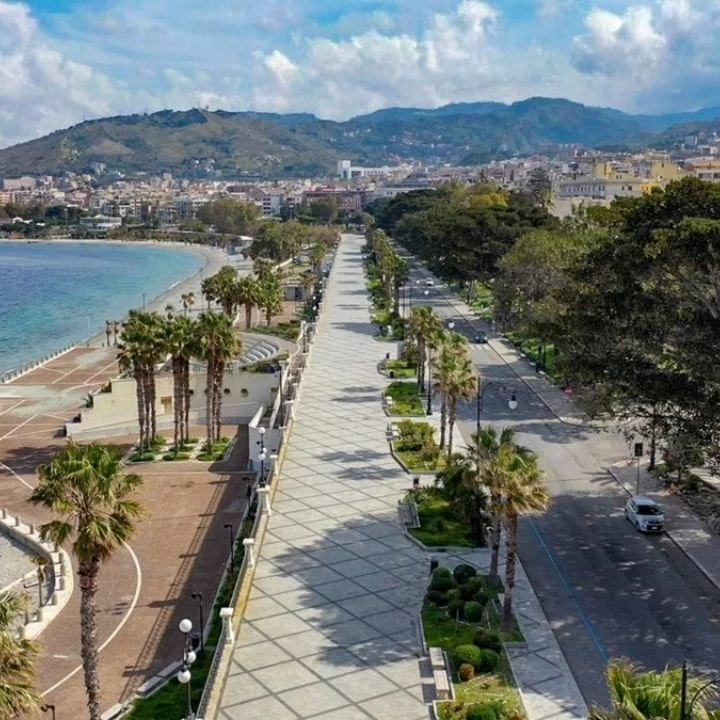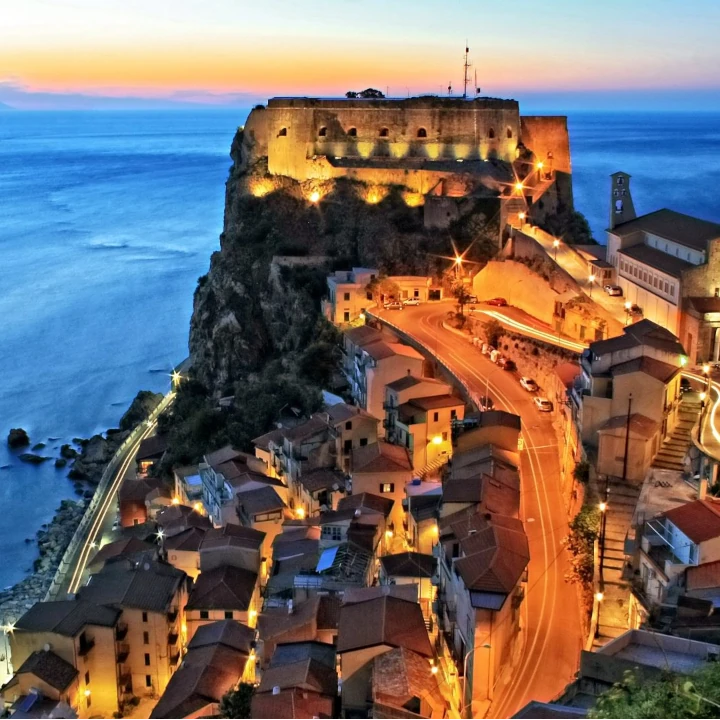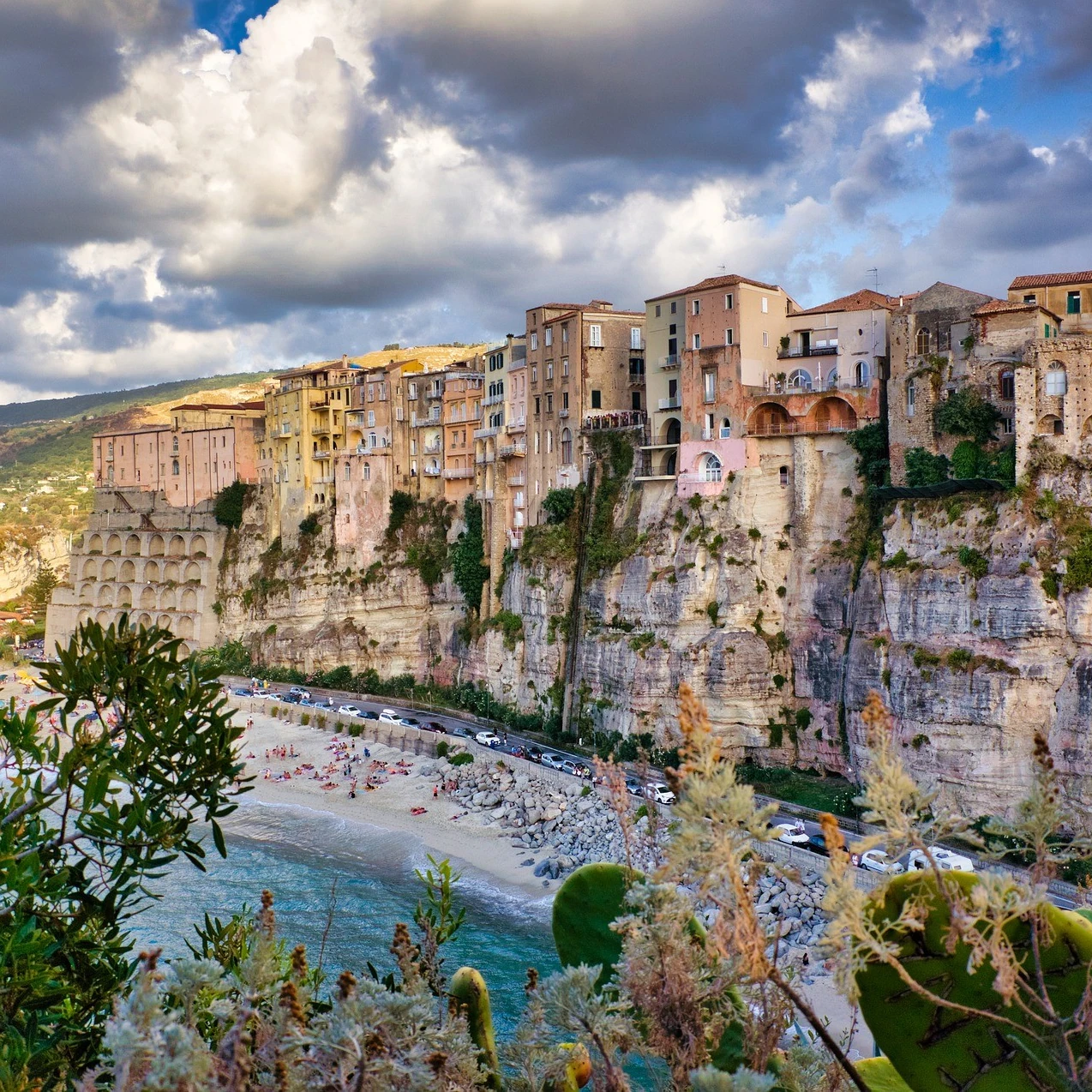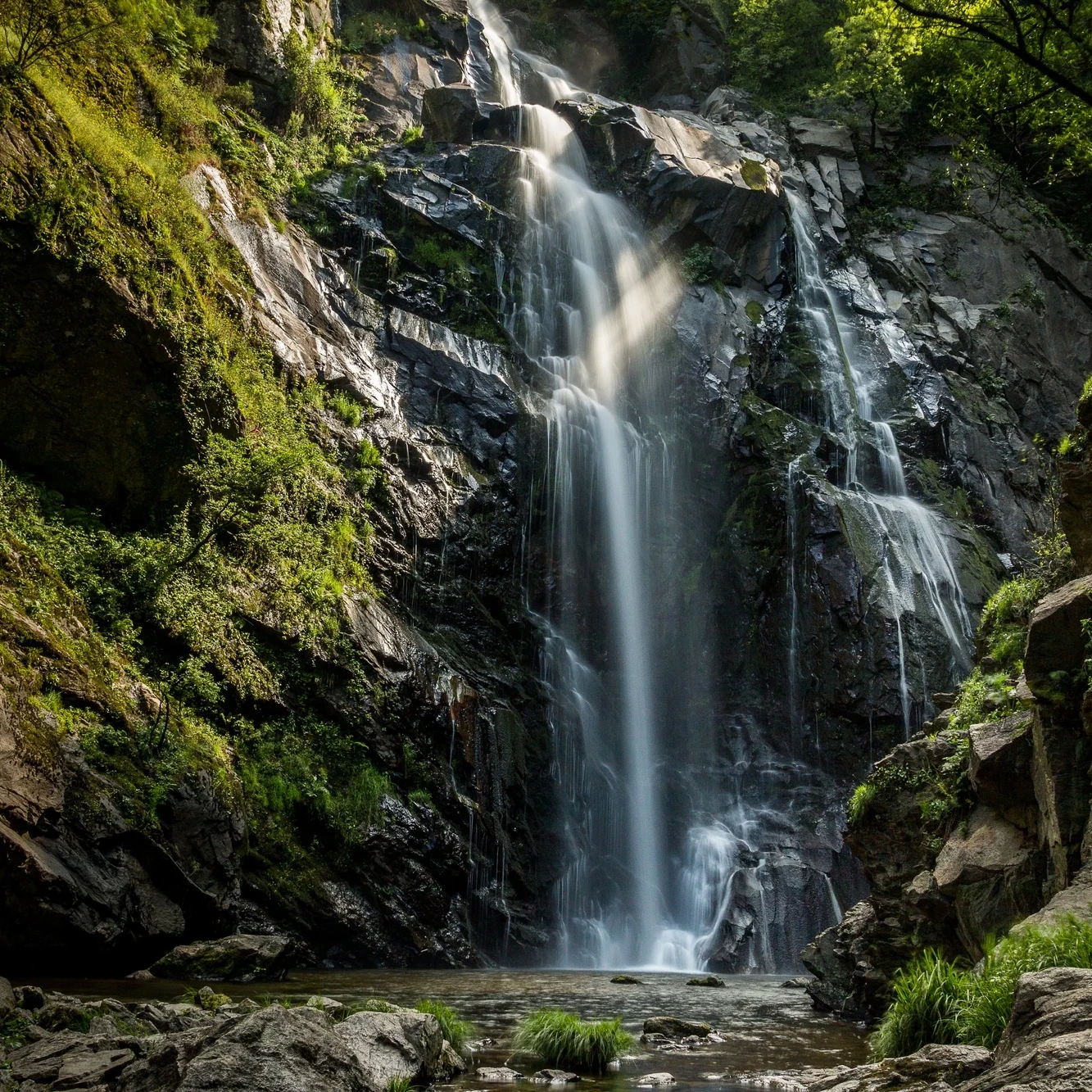Bagnara Calabra
Breath-taking view
Bagnara Calabra
The town of Bagnara Calabra stands on the sea and extends in steps onto the surrounding hills, reaching a height of approximately 600 metres. It is nestled on the slopes of the Aspromonte mountains and overlooks the Tyrrhenian Sea, offering a breathtaking view of the Strait of Messina and the Aeolian Islands.

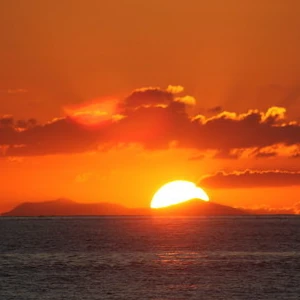
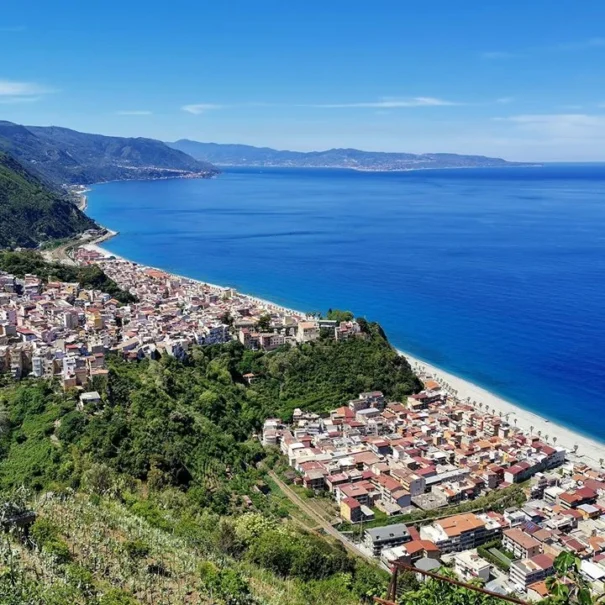
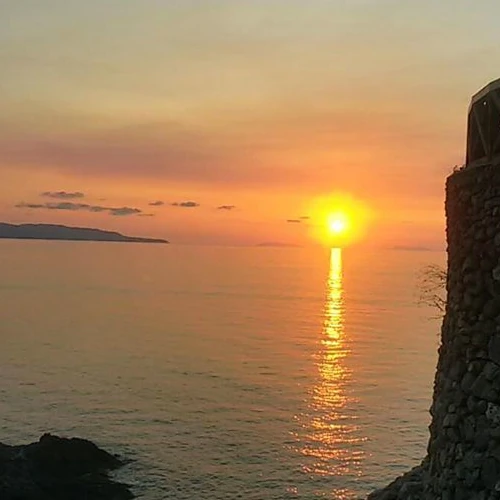
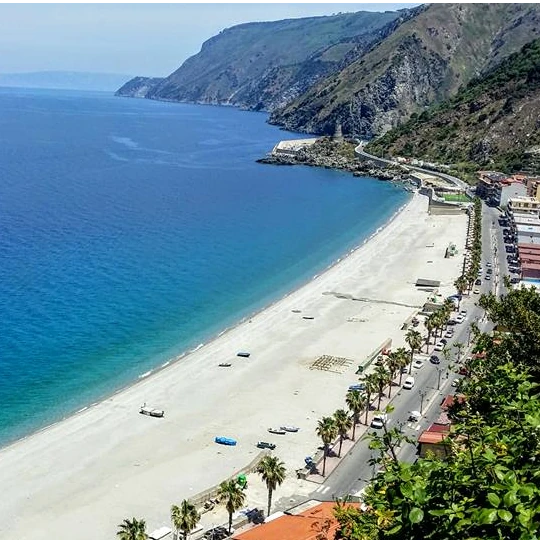
The sea and the beach
The coastline extends for about 3 kilometers on the splendid Costa Viola which offers varied scenery. The marine area of the town is characterized by a beach of fine white sand. The seabed has colorations ranging from turquoise to blue, depending on the depth level. There are several bathing establishments along the beach, alternating with large stretches of free beach, allowing tourists to choose the solution that best suits their needs. North of the town the scenery changes because of the slopes of the Aspromontane mountains that plunge into the Tyrrhenian Sea, creating wonderful natural caves, summer destinations for boat trips and an ideal environment for spearfishing enthusiasts. It is precisely at this stretch of coastline, north of the port of Bagnara, that the sun's glare collides with the rocks causing a purplish reflection on the sea, from which the name Costa Viola derives.
Services and Movida
The nerve center of Bagnara Calabra is developed around Viale Emanuele II (downtown course) and its two parallels: viale Filippo Turati (waterfront) and C.so Giuseppe Garibaldi. This area is home to many businesses offering a wide range of services. In between promenades, within walking distance, you can find: bars, pastry shops, ice cream parlors, rotisseries, pizzerias, pubs, restaurants, fishmongers, bakeries, hypermarkets and other grocery stores, souvenir stores, boutiques, clothing and beach equipment stores, and various other businesses. In the summer season, the avenue becomes a pedestrian island and venues set up outdoor platforms to welcome tourists. Summer evenings are very crowded and characterized by shows, events, and festivals, including the not-to-be-missed Swordfish Gala held in August.

What to see ...
Bagnara Calabra is not only a seaside destination but offers a number of historical and cultural attractions that complement its tourist offerings. Of interest are the town's various churches, monuments, fountains, and historic buildings that tell the story of Bagnara and the legends of the area.

The main attraction of the historical and cultural heritage of the town of Bagnara Calabra is Torre Ruggiero (14th, 15th cent.), a well-preserved structure that was part of the ancient coastal lookout system. The tower stands on the spur of Capo Rocchi in Contrada Cacilì, in a panoramic position over the Strait of Messina and the Aeolian Islands.
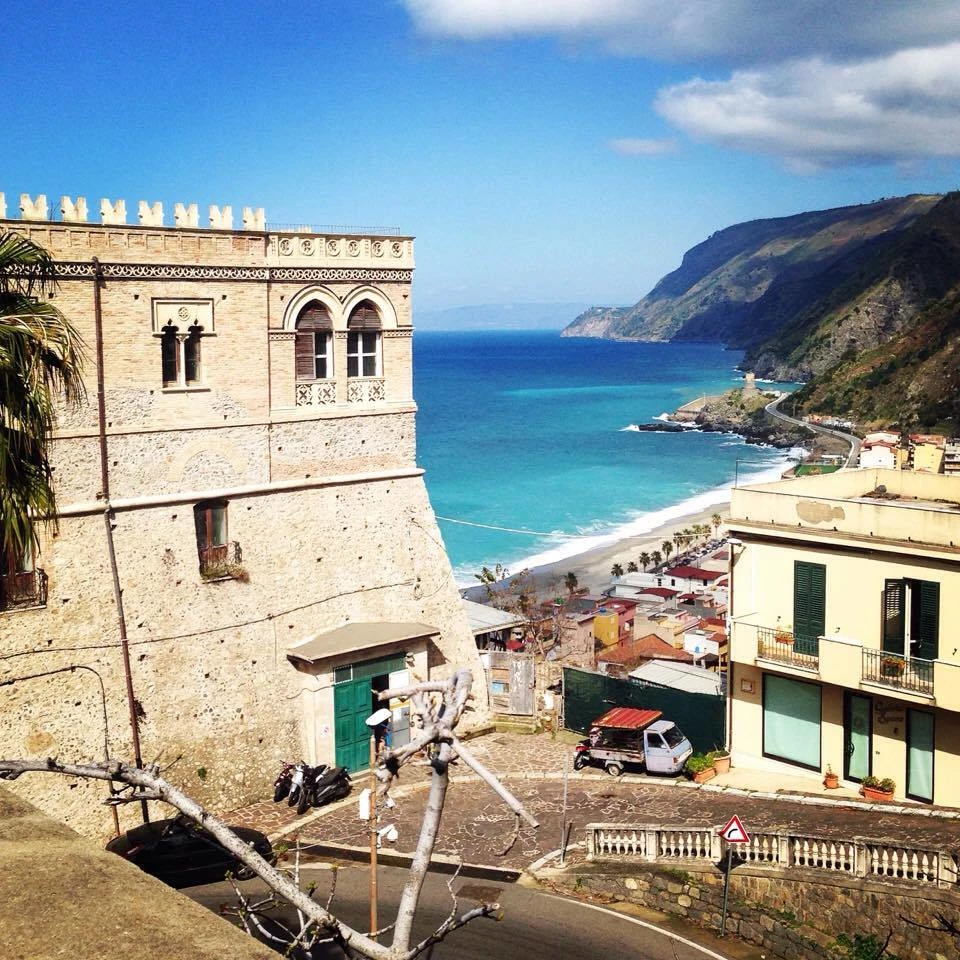
The Ducal Palace of the Ruffo family, now a venue for artistic and cultural events, stands on the remains of an ancient 11th-century Norman castle destroyed in the 1783 earthquake; in the 18th century it was rebuilt, by the Ruffo family, as a noble palace following the quadrangular pattern, with its limestone base, of the original Norman fortress.

Of considerable interest are the various churches in the town, among which the Church of Carmine, which is one of the oldest buildings in the town, deserves mention. Also destroyed by the 1783 earthquake, it was restored by Duke Carlo Ruffo. The building has a facade of Syracuse stone modeled in neo-classical style with some baroque accents.
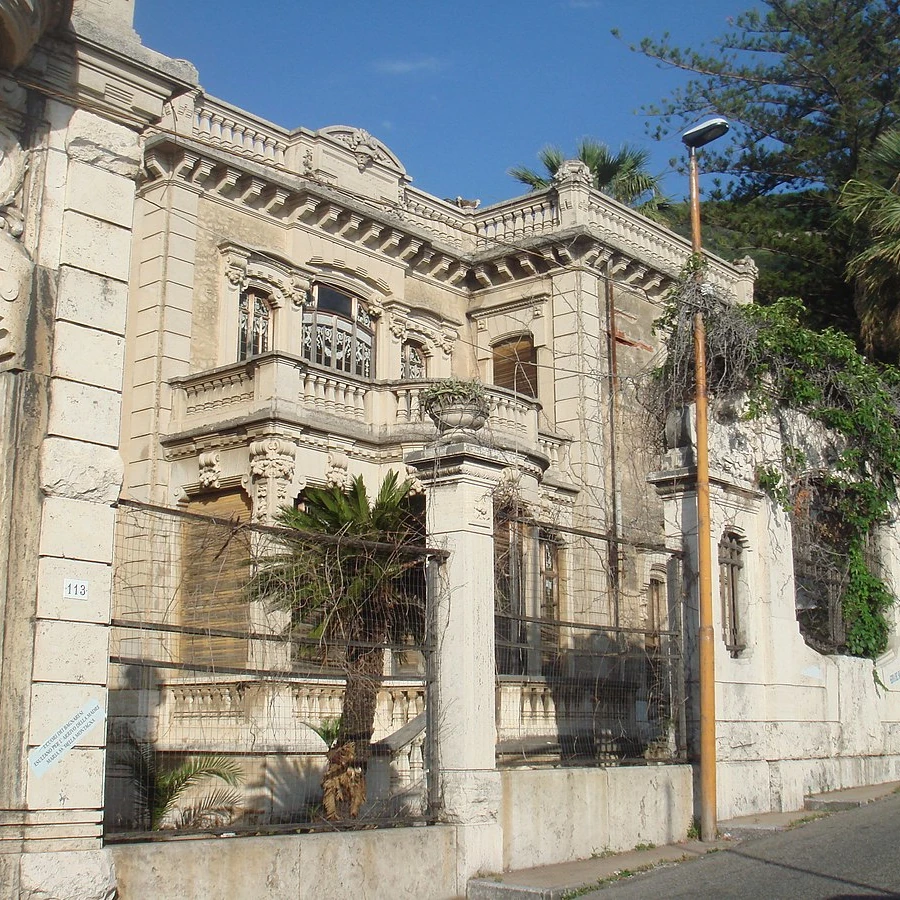
Prominent among the town’s civil architecture is Villa De Leo, a pure Art Nouveau example of post-earthquake stately buildings; now uninhabited and declared to be of cultural interest, it is under the protection of the Ministry of Cultural Heritage. The palace, rich in frescoes and precious marbles, has three levels with mosaic floors and beautiful stained glass windows.

The main attraction of the historical and cultural heritage of the town of Bagnara Calabra is Torre Ruggiero (14th, 15th cent.), a well-preserved structure that was part of the ancient coastal lookout system. The tower stands on the spur of Capo Rocchi in Contrada Cacilì, in a panoramic position over the Strait of Messina and the Aeolian Islands.

The Ducal Palace of the Ruffo family, now a venue for artistic and cultural events, stands on the remains of an ancient 11th-century Norman castle destroyed in the 1783 earthquake; in the 18th century it was rebuilt, by the Ruffo family, as a noble palace following the quadrangular pattern, with its limestone base, of the original Norman fortress.

Of considerable interest are the various churches in the town, among which the Church of Carmine, which is one of the oldest buildings in the town, deserves mention. Also destroyed by the 1783 earthquake, it was restored by Duke Carlo Ruffo. The building has a facade of Syracuse stone modeled in neo-classical style with some baroque accents.

Prominent among the town’s civil architecture is Villa De Leo, a pure Art Nouveau example of post-earthquake stately buildings; now uninhabited and declared to be of cultural interest, it is under the protection of the Ministry of Cultural Heritage. The palace, rich in frescoes and precious marbles, has three levels with mosaic floors and beautiful stained glass windows.
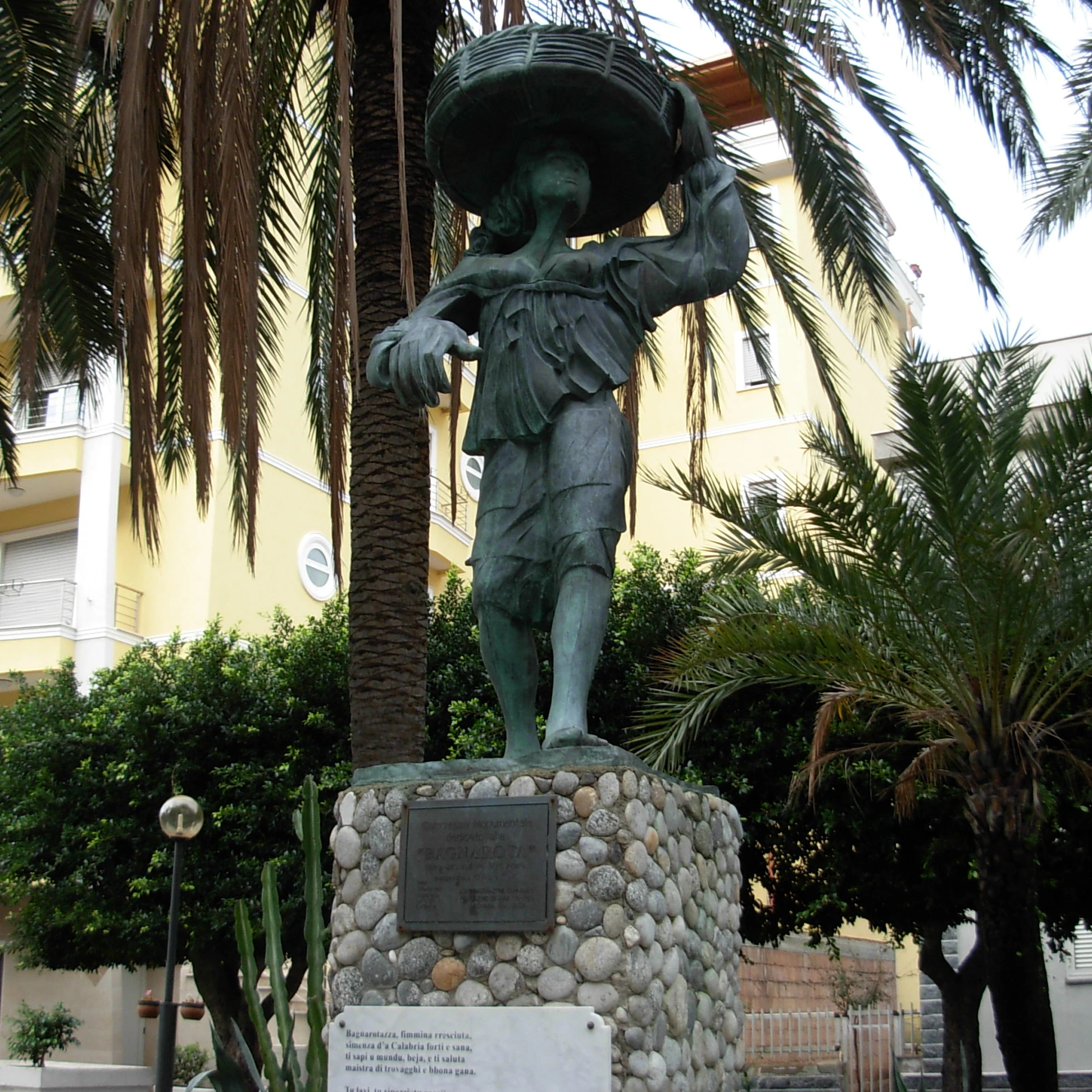
The icon of the “Bagnarota,” made famous by writers and journalists, represents a beautiful and strong woman, hard worker and mainstay of the family. The great tenacity of the women of Bagnara is portrayed in the custom of holding a wicker basket over their heads that was used to carry the catch they sold on the street.

The monumental fountain was erected to commemorate Garibaldi’s entry into Bagnara on August 24, 1860. Damaged by the 1908 earthquake, it has undergone some alterations. Popular legend has it that Garibaldi, having left the home of the National Guard, stopped at this fountain to quench his thirst.

On the waterfront is the monument to Mia Martina, erected in memory of the well-known singer born in Bagnara Calabra. Every year, the town also hosts an artistic-cultural event with distinguished guests; it is the Mia Martini Prize, a singing competition established in the singer’s native land.
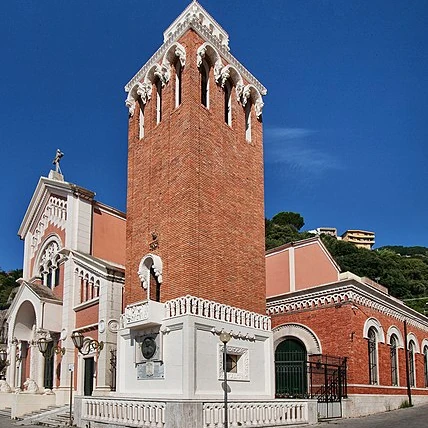
The Church of Mary Most Holy of the Rosary, destroyed in the 1908 earthquake, was razed and rebuilt. Inside, it is adorned with numerous splendid tempera paintings and frescoes, which were performed in 1922 by the artist Primo Panciroli, who was inspired by Umbro-Tuscan art of the late 15th and early 16th centuries.

